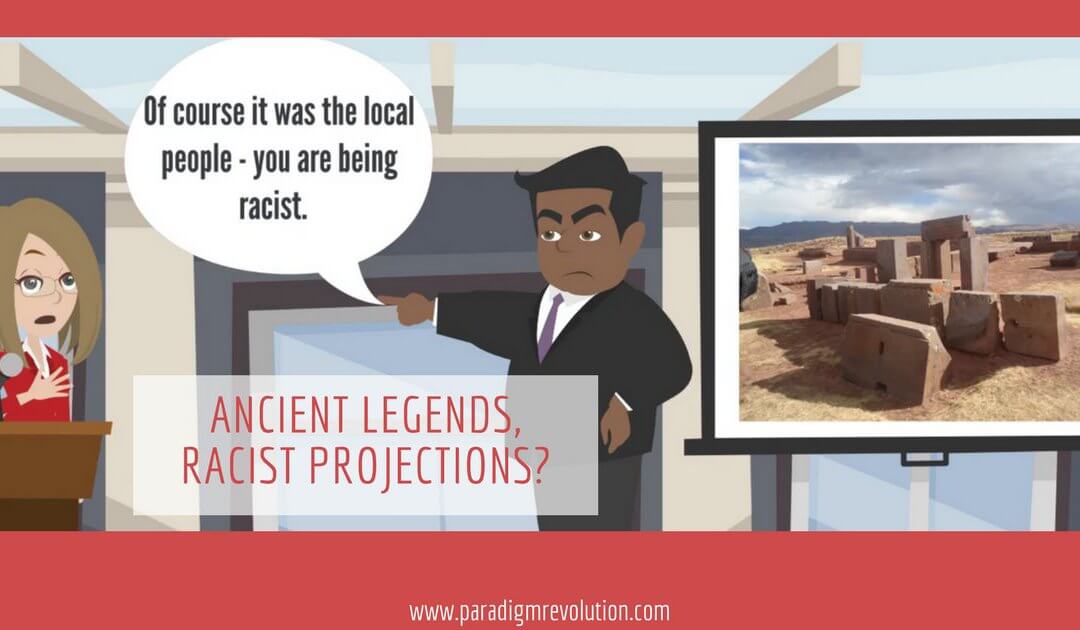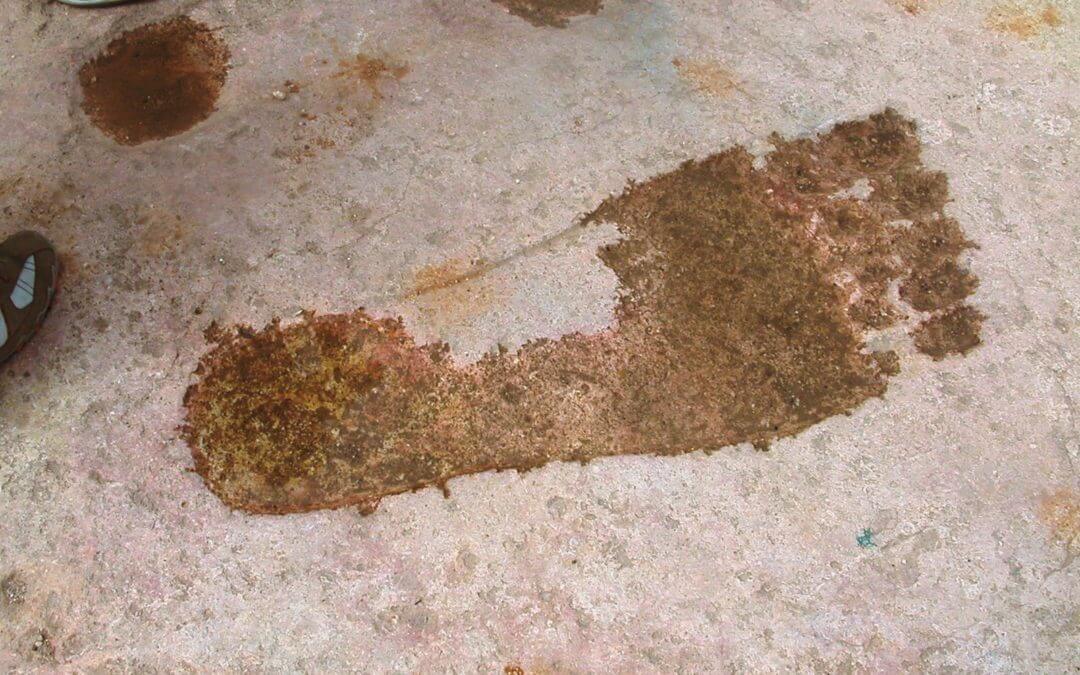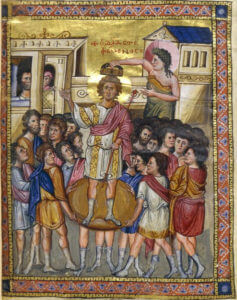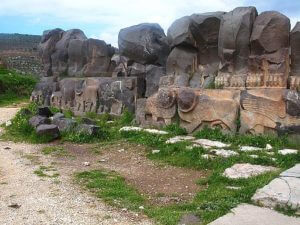
Ancient Legends, Racist Projections?
Ancient Legends, Racist Projections?
In this article, I would like to discuss something disturbing when it comes to ancient legends and history. It seems there is a new type of racist attitude when it comes to local legends of various gods.
Local legends around the world attribute various achievements to gods and giants. But modern thinking ignores these local legends and attributes these achievements to the ancestors of the people living there now.
But in some ways isn’t that worse: to ignore the voices of indigenous peoples around the world and project Western scientific values onto them in the name of anti-racism? By not listening to the voices of indigenous people when it comes to the attribution of past achievements, are we projecting a new type of racism onto them instead? Do we have a case of ancient legends, racist projections?
Preserving the memories of the gods
A few years ago I was visiting the ruins of Tulum on the Yucatan peninsula. There, literally carved in stone, are figures carved in the sides of temples that depict the gods returning to Earth. Our guide told us some of the accompanying stories that the gods were supposed to one day return to earth having lived amongst humans in the distant past.

By El Comandante (Own work) [CC BY-SA 3.0 (https://creativecommons.org/licenses/by-sa/3.0)], via Wikimedia Commons
We see a similar motif around the world. Local legends about mysterious structures say that giants or gods built something them in the distant past. This applies to everything from The Giants Causeway in Northern Ireland to the legends around Puma Punku which say that the god Viracocha and his giant servants created much of the world. A lot of myths such as those from Sumerian cultures speak of how the gods gave human beings skills such as metallurgy and even makeup.
Some of these local legends have survived to this day and are carefully preserved by indigenous cultures around the world. Yet an interesting trend is occurring whereby people who take these legends seriously are accused of being racist for not believing that the ancestors of the local people could have created marvellous structures.
Yes, there might be some actual white supremacists amongst them but I would argue that it is actually racist to dismiss the voice and agency of the local peoples and cultures that have so carefully preserved this heritage. Just because it does not suit the current Western scientific paradigm to accept that gods and giants lived amongst us in the distant past and built certain monuments doesn’t mean that it didn’t happen and it is insulting to the people whose histories contain such stories.
Dismissing indigenous agency and science
What is worse is that people who do believe the local legends are accused of being racist because they are not giving the credit for these great feats to the local people. But by dismissing the voice and agency of local people I think it is actually another offence. It is yet another projection of the way we want people of other cultures to be, but may not reflect who they actually are. In a way, it is yet another colonialist, paternalistic attitude which yet again removes the agency from people.
When I was in Japan in 2008 at the Hokkaido summit for Shifting the Assumptions in Science, one of the main points we discussed was that the science of various indigenous peoples of the world needs to be respected. Too often their scientific ideas are dismissed as primitive, when they may actually be more in tune with how the universe actually is: not how we are projecting it to be.
So for example when aboriginal legends discuss the Dreamtime as an aspect of the universe with no end or beginning – that sounds very much like higher dimensions beyond space and time. Just because it sounds different from modern physics doesn’t make it any less real when it comes to how the universe works.
I have made a little video to illustrate the issue of this new type of projection. By writing this article and making this video, I hope that more people can become aware of this and move through it. Please leave your comments below and tell me what you think.
Images: Wikimedia Commons, Pixabay, Vyond





